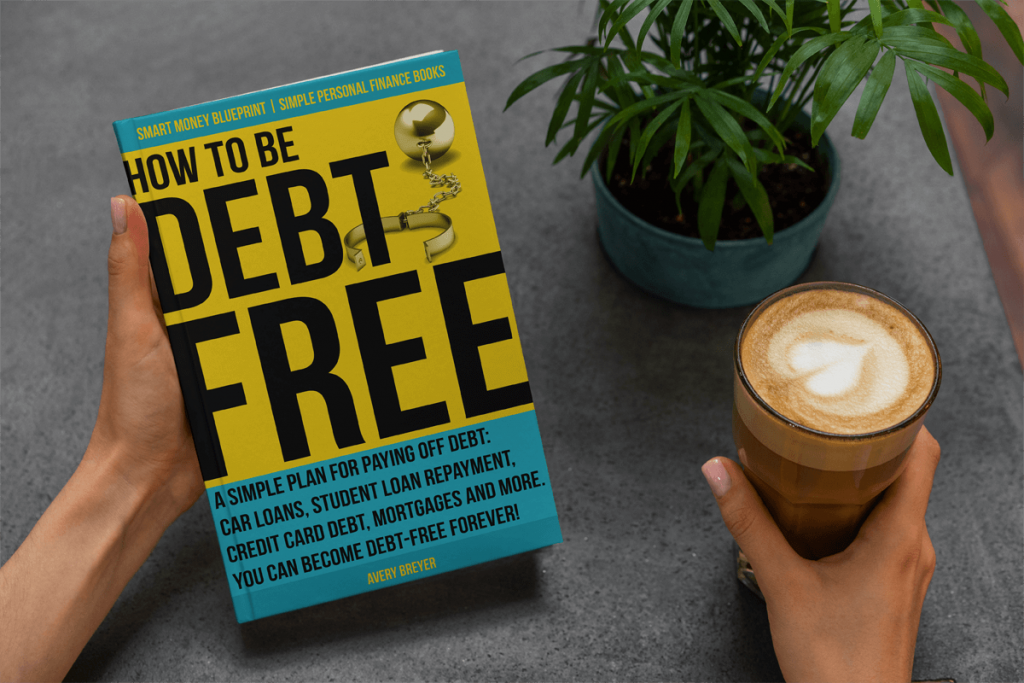Ever wondered which debt you should pay off first? You’re not alone. A reader writes…
I really appreciate your Debt Destroyer Tool. I have used the same principle in the past but was manually updating an excel spreadsheet so it’s great to have the macros.
I was wondering how you factor in credit card debt that has been transferred to another account to temporarily get a low interest rate, usually 0%, for an extended period of time, before returning to 15 – 20%. I was able to pay off over [redacted] in credit card debt earlier this year, upon the receipt of a lump sum payment. And now I’ve been fortunate enough to be able to transfer most of my remaining bad debt to 0% for limited periods of time.
My question is: I’m assuming it’s best to attack the one where the 0% is going to expire first, regardless of normal interest rate on the account.
I’ve removed any info that could be used to personally identify the writer (i.e. the amount of debt paid off earlier this year). But since I know there are plenty of people who have this question, I figured I’d write a blog post to answer it once and for all.
Before I get to the answer, in case you’re new here… the Debt Destroyer tool that the writer is referring to is a free bonus that’s given to purchasers of my book, How to Be Debt Free. If you’re interested in getting your hands on that, you can grab the book on Amazon here, then sign up for free access to the Debt Destroyer tool via the link you’ll find inside the book.

To answer the question above, we have to crunch some numbers. So let’s get to it!
First, there are lots of different scenarios that would fit this general question, but since I can’t possibly answer them all, I’m just going to choose one example and show you how to calculate the optimal debt pay-off plan for that.
So, for this example, I ran the numbers for someone with two debts with no minimum monthly payment required as follows:
- Debt 1 – $20,000 owed with 0% interest for 6 months, then 20% interest thereafter
- Debt 2 – $20,000 owed with 15% interest until the debt is paid off
Watch the video below to see how I calculated the results for two possible debt repayment scenarios:
- Option 1 – For the first 6 months, put 1k a month towards the 15% interest debt, then starting in month 6, put the 1k a month towards the 20% interest debt (i.e. because the 0% rate is gone now) – When the 20% debt is paid off, put 1k a month towards the remaining debt at 15%
- Option 2 – Put 1k a month towards the debt that’s charging you 0% for 6 months and 20% after that. Continue putting 1k a month towards this debt until it’s paid off, then put your 1k a month towards your 15% debt until it’s paid off, too.
Formulas used in the video:
To calculate the interest charged each month, you multiply the balance owing on the debt by the interest rate (ex. 20,000 x 0.15), then divide that number by 12 to figure out how much interest will be tacked on to the debt each month.
Add the interest to the balance owing, then subtract whatever amount you’re putting towards the debt to pay it down.
For example, in month 1, the calculation might look like this:
$20,000 x 0.15 = $3,000
$3,000 /12 = $250 interest added on that month
$20,000 balance owing + $250 interest = $20,250 new balance owing after interest
$20,250 – $1000 debt payment = $19,250 new balance owing after 1k payment
Ultimately, if you choose the right option, you’d have an extra 629 bucks in your pocket by the time both debts are paid off. (Watch the video to find out which option worked out best.)
I know some of you guys reading this might be thinking, “that’s not an earth-shattering amount of money saved.”
But let’s be real… you could buy yourself something really nice with an extra $629, right? So if you ask me, it’s well worth it to optimize your debt repayment strategy. 🙂
Leave a Reply